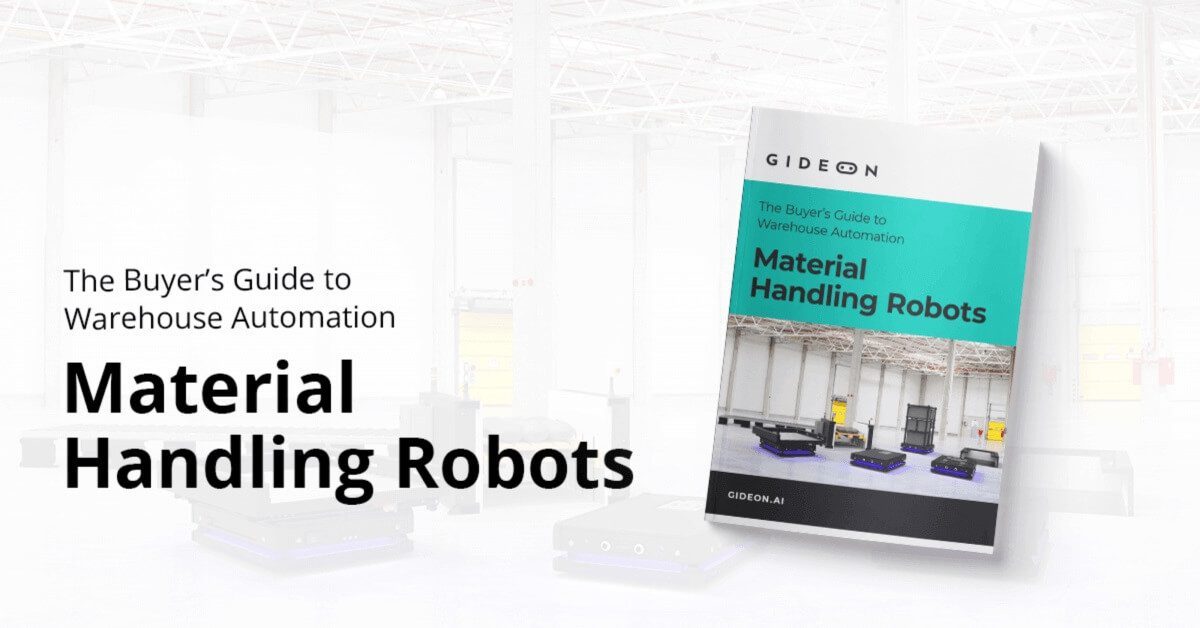- Leading with innovation
- blog
18 questions that will shape your entire strategy for logistics robots

Within the next decade autonomous robots implemented in the supply chain could become one of the key factors providing a competitive advantage, warns Deloitte.
Over the next five years “a strong growth” of autonomous robots is expected, thanks to fast advancements in both software and hardware, warns Deloitte. Improvements in artificial intelligence, navigation, sensors and response capabilities are driving development, with a general trend of cost reduction and spurred by more open regulatory reform and public policies.
And as technology and autonomy continues to improve and prices decrease, the question is no longer whether autonomous robots will find a way into the supply chain, but where and how soon, warns Deloitte.
Deloitte notes that many companies currently using autonomous robots are piloting various types on their supply chain to verify expected efficiency gains. And the innovative companies are expected to pull ahead, setting the norms.
“The time for companies to assess their supply chains for piloting autonomous robots is now”, the consultancy warns.
“Depending on needs and existing capabilities within the supply chain, implementing autonomous robots can provide significant improvements in productivity and efficiency, while reducing labor costs and improving customer satisfaction”, Deloitte says in its analysis.
Strategy
As a first step, they recommend developing a productivity and asset procurement strategy based on the company’s profile and specific needs. To help determine the criteria for evaluation and adoption from the operational point of view, they propose 18 questions in five areas.
Company and facility profile
The first area is to take into account the company and facility profile, as this will shape the specific demands and constraints.
1. What types of facilities (manufacturing or testing facility, distribution center, office) do you operate?
2. Which functional areas are the most critical to the success of your supply chain operations?
3. How many IT systems are used and could they be automated?
4. What are your current bottlenecks throughout the end-to-end supply chain that currently prevent improvements in throughput?
5. What is your asset management strategy (i.e., maintenance, servicing and disposition) in your facilities and do you have the processes, training, and tools to appropriately manage additional capital equipment?
Functional efforts and expertise
A second key step in devising a strategy is to take a look at functional areas – those that require “a high level of expertise may indicate the most time-critical areas of your supply chain”, Deloitte says, explaining that “automating redundant tasks and reducing time-critical efforts can improve time to market, reduce supply chain bottlenecks, and improve overall business strategy”.
6. Which tasks do your employees find the most repetitive, redundant, low value, hazardous to their safety, or time intensive?
7. What higher value, strategic roles will employees take on as they become more available and less focused on mundane tasks?
8. What training is available to upskill your employees to more strategic tasks?
Regulation
Regulatory environment for operating machinery varies considerably, so what is possible in one country may not be feasible in another.
9. What countries do you operate in?
10. How will regulations and business model options in each location impact your use of autonomous robots?
Investment
The procurement of autonomous robots can follow similar criteria or strategies for investments in capital equipment in general.
11. What investment considerations must be taken into account?
12. What is the cost of capital?
13. What are the projected interest and labor rates in the foreseeable future?
14. How long will the robots be used?
15. How will the depreciation and disposition of assets be handled?
16. What additional infrastructure, if any, will need to be set up to have a seamless implementation?
Operating environment and perception
Some negative perceptions of safety or labor outsourcing could be expected among individuals who interact with the robots.
“It will take time to train employees and training must be updated with each technology improvement in the robot”, Deloitte says.
17. How do you expect the current workforce to respond to working with autonomous robots?
18. Will you need to create a communication strategy with labor unions or current employees?
Benefits
Implementing autonomous robots in the supply chain could “primarily drive value by reducing direct and indirect operating costs and increasing revenue potential”, notes Deloitte. Autonomous robots bring the benefit of working around the clock without fatigue and increasing employee safety in hazardous environments, thus reducing insurance and injury leave costs. Technological advances mean that setup and implementation are getting faster; and new learning models are allowing robots to become more intuitive and to better respond to sudden changes and adapt to stimuli.
Summing up, Deloitte notes primary and secondary potential benefits.
Primary potential benefits:
- Increase efficiency and productivity
- Reduce error, re-work, and risk rates
- Improve safety for employees in high-risk work environments
- Perform lower value, mundane tasks so humans can work collaboratively to focus on more strategic efforts that cannot be automated
- Enhance revenue by improving perfect order fulfilment rates, delivery speed, and ultimately, customer satisfaction
Intangible benefits:
- Enhanced employee value through focus on strategic work instead of mundane tasks
- Focus on personal safety by minimizing work in hazardous areas for employees
- Boosted corporate brand by signalling leading-edge practices and implementation of innovative technology
- Exponential learning by collecting and analysing machine data
Final Decision
Before a go-ahead is made, each company must make sure that the investment it sets in motion is driven by strategic goals and that it’s customized to the company’s specific needs, Deloitte warns.
It must also be flexible to allow taking advantage of new opportunities and transparent in the way it presents impacts and benefits to all stakeholders.
Finally, it must be implementable – have clearly defined implementation steps and “smooth transition, with strong program management and execution”, concludes Deloitte.
The fear that robots would “take over jobs” is a significant risk for successful implementation, so planning your communication with employees, as part of change management, is crucial. A change management expert shares advice how to help your workers understand that robots change job descriptions – they don’t take away jobs.
If you need more help and insight into how to select autonomous mobile robots, please download our free e-book.
